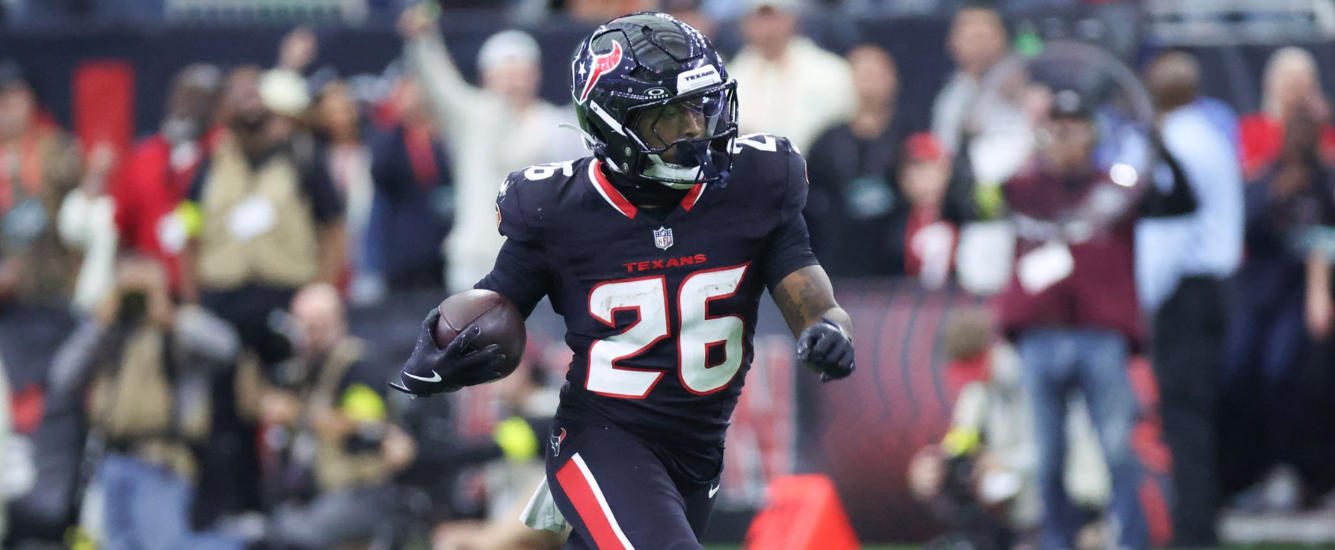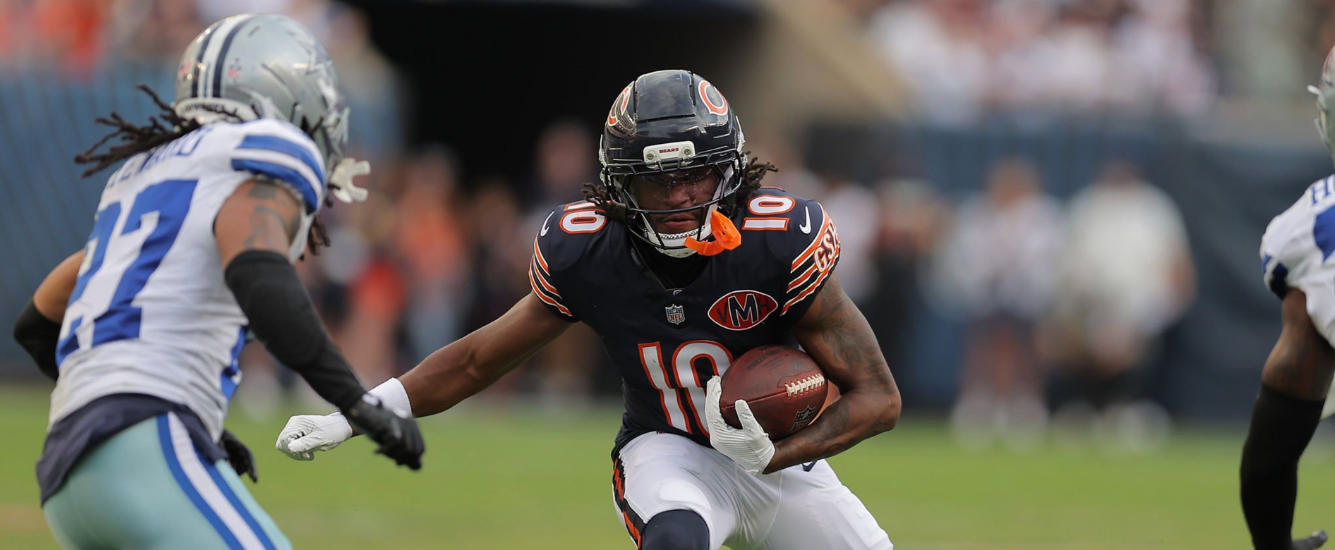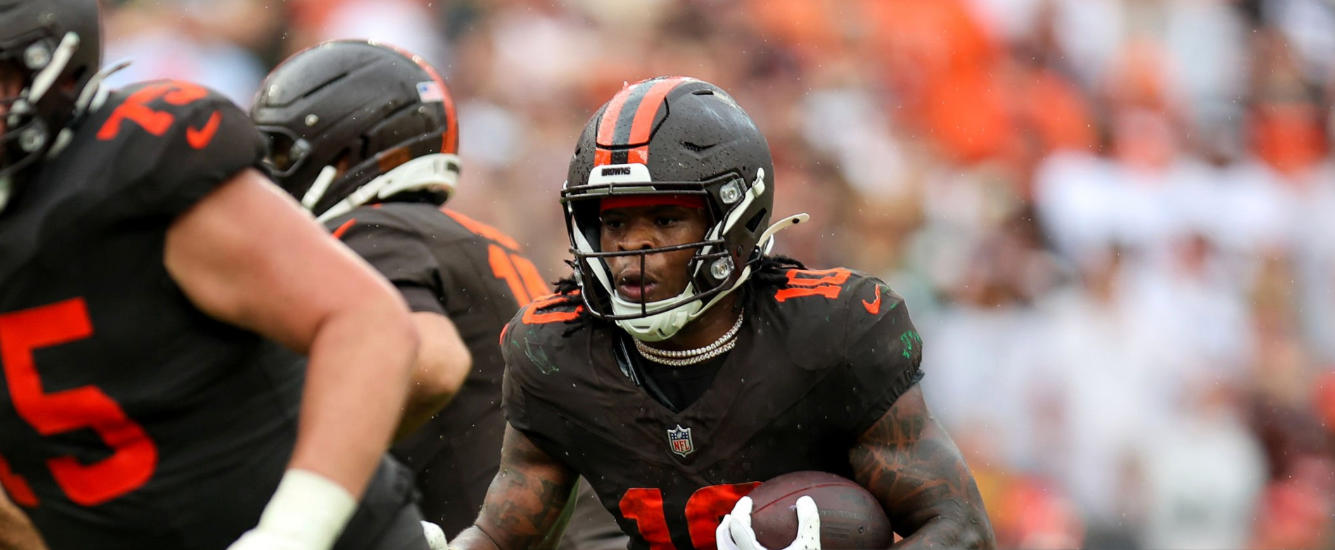The quarterback position has seen some of the biggest strategic shifts. QBs score easily the most points, so in earlier years, the top quarterbacks went incredibly early. In 2015, two quarterbacks were being drafted earlier than Josh Allen’s current ADP.
2015 QB ADPs, Fanball

Yet this ADP was woefully inefficient. Cam Newton entering his fifth season at the peak of his powers should not have been priced alongside Matt Ryan and 62.8 picks after Aaron Rodgers.
The market was so inefficient that the Win The Flex App (explained here) appears to project every quarterback drafted on Fanball 2015-2019 to finish outside the top 12.
Win The Flex Value Over Replacement, Fanball 2015-2019

It’s really a measure of how efficient the market was at projecting quarterback scoring, more than an actual projection. Basically, ADP from 2015 to 2019 was so bad at predicting where QBs would finish that the QB11 by ADP is within 10 points of the QB1. The QB6 by ADP actually has a higher projection than the QB1. (I’m using Fanball here because it has the longest historical track record.)
Today’s landscape looks much different. Lamar Jackson (four of his closest six comps in the Range of Outcomes app are Newton’s 2013, 2014, 2015, and 2018 seasons) carries an ADP of 59.9 on FFPC. Patrick Mahomes (three of his closest five comps in the Range of Outcomes app are Rodgers) is going at pick 50.8 on FFPC. That is a much tighter gap than the one that existed between Rodgers and Newton. This is an imprecise comparison, but an example of how the QB market is now both more price conscious and more efficient than yesteryear.
The biggest impact of these trends is that we must look harder for value at quarterback. Rushing production remains critical for upside, but it is no longer a matter of selecting our favorite rushing quarterback in the eighth round.
Speaking of changing trends, I recently had a similar look at the new running back dead zone landscape.




















